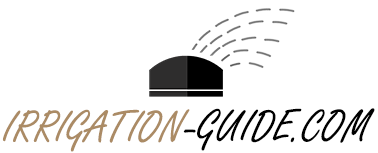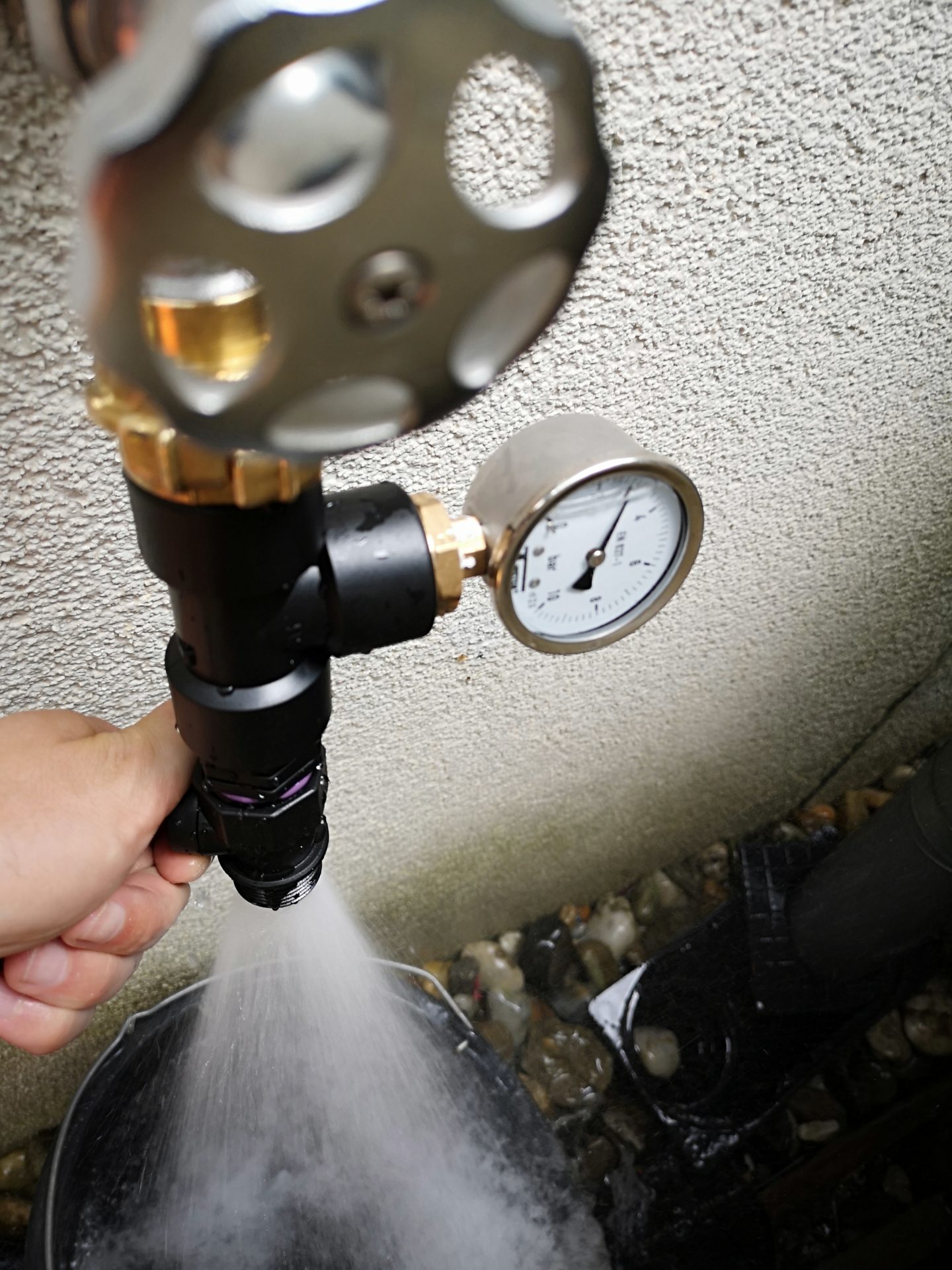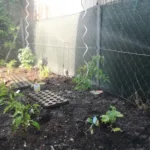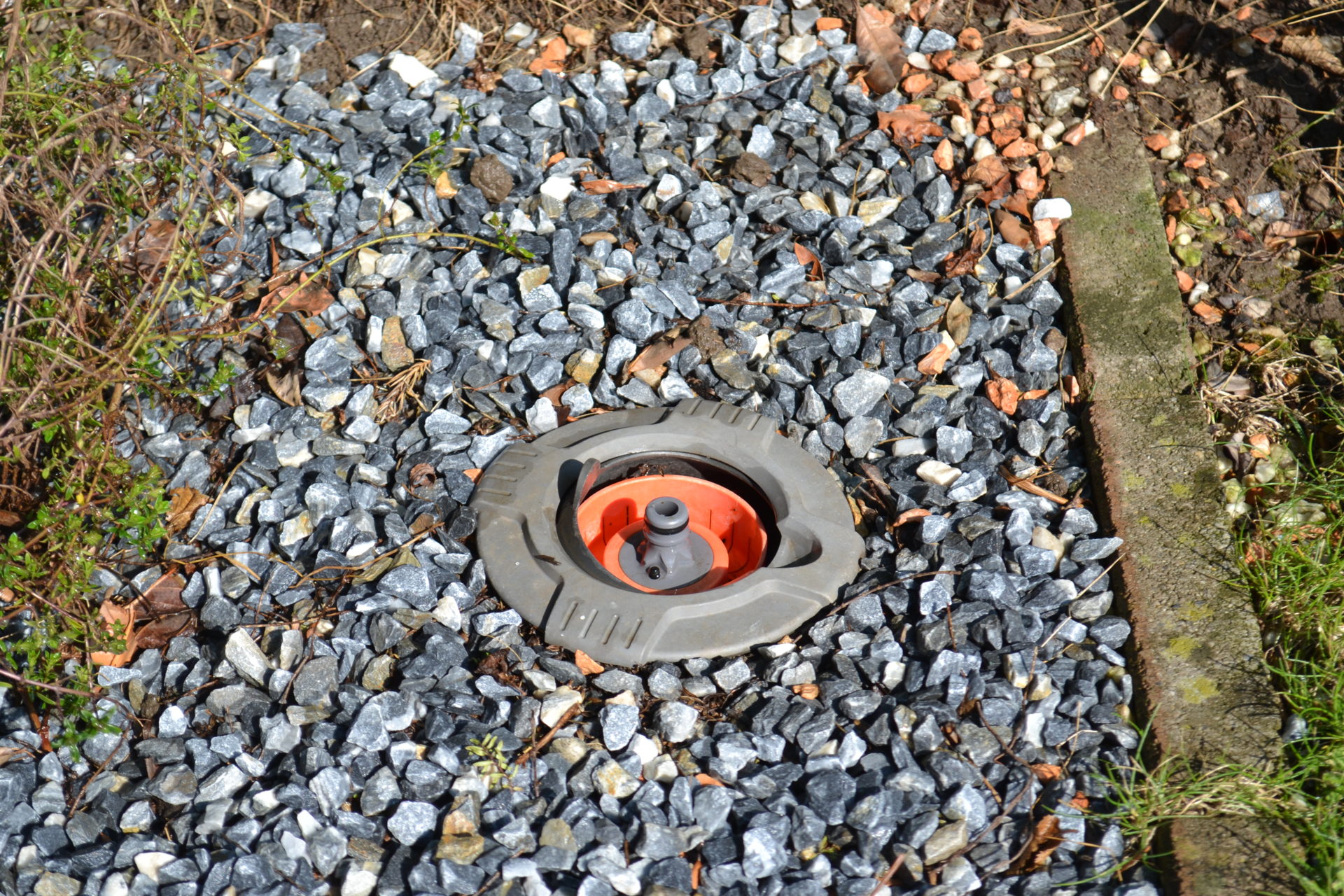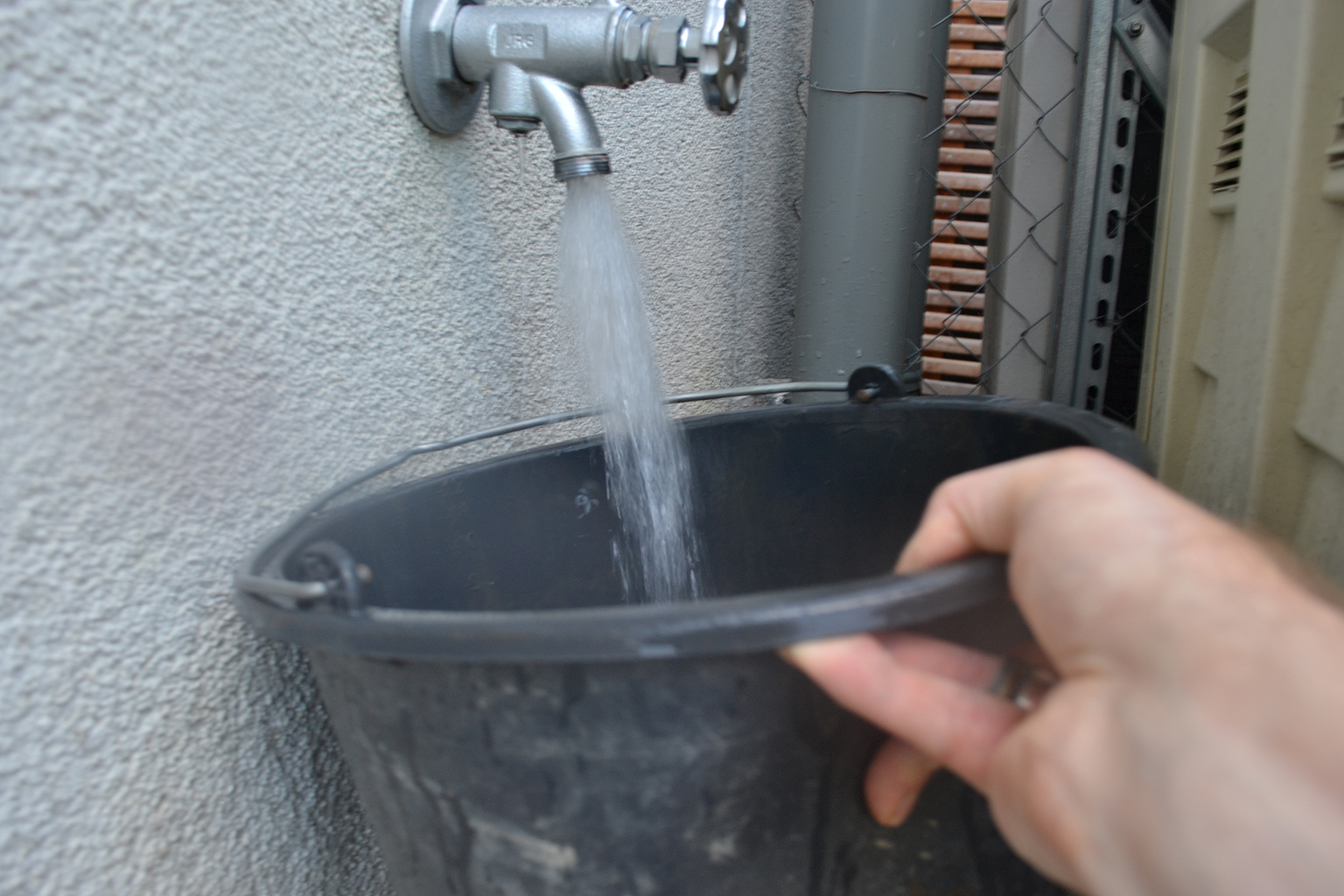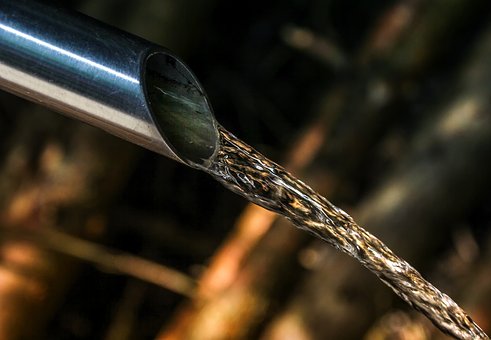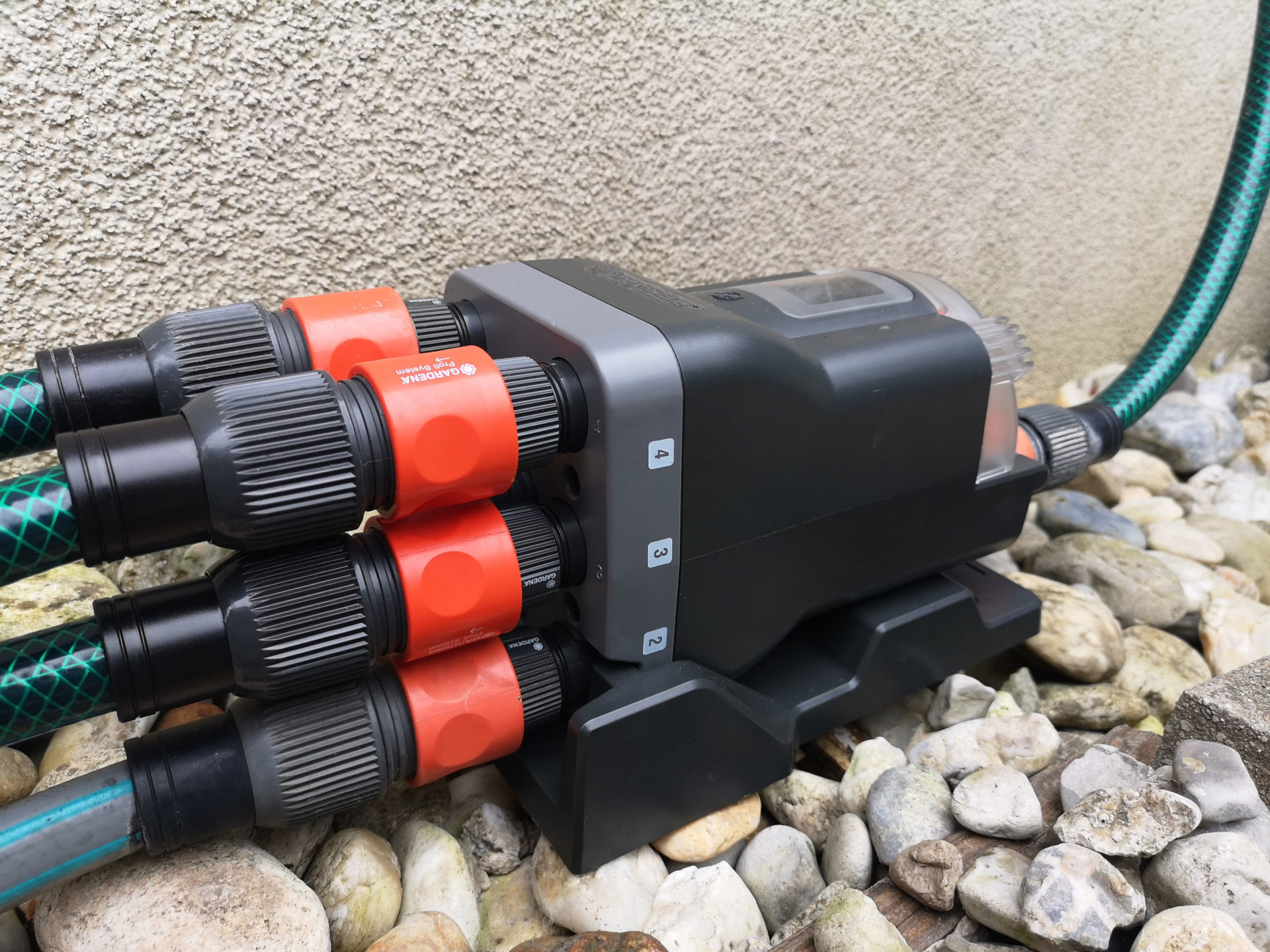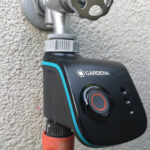This article explains to what extent special requirements apply to watering a raised bed, what options you have with regard to watering and what else you need to consider.
Raised beds have become very popular in recent years, as they allow for comfortable, back-friendly gardening and also look very decorative and beautify the garden. In addition, plants in raised beds have a growth advantage compared to normal ground-level beds, as the raised bed warms up earlier in spring and stays warm longer in autumn due to its layered structure. This leads to a significant increase in yield when harvesting. With proper planning, a raised bed also offers the plants grown protection from pests such as snails or voles.
Compared to a normal bed, a raised bed has a significantly higher water requirement. This is due to the same reasons that ensure that plants grow faster in raised beds: the rotting processes of the compost layers inside the bed ensure higher temperatures and, unlike a ground-level bed, the raised bed is also warmed up by the sun from the side. This means that the water used to water it evaporates more quickly.
In addition, the plants planted in a raised bed have only limited opportunities to root deeply and thus also to obtain water from deeper layers. This is especially true for plants that otherwise have deep roots, such as tomatoes, carrots or radishes. As a result, it is not only necessary to water more, but also at shorter intervals than in a normal bed.
It is therefore a good idea to include raised beds in an automatic irrigation system, on the one hand to save yourself the hassle of regular watering and on the other hand to be able to leave the raised bed alone for a few days when you are on holiday or for other reasons.
The basic irrigation system for a raised bed is always micro-irrigation, i.e. irrigation with low pressure and small amounts of water (in contrast to, for example, irrigation of a lawn, where normal irrigation is used).
Micro-irrigation systems require a pressure reduction to 20 to 30 psi. This is achieved by installing a pressure reducer before starting micro-irrigation. Some of these pressure reducers also have a filter built in that protects the micro-irrigation system from dirt.
When irrigating raised beds, you can choose between two different irrigation options:
- Irrigation with drippers
- Irrigation with sprayers
Drippers work close to the ground and apply the water drop by drop to the bottom of the bed, sprayers are placed higher up and create a fine spray over the plants. Irrigation with drippers is the usually recommended option for raised beds. Only in exceptional cases, for particularly delicate leaf crops such as lettuce or spinach, or for sensitive new plantings, can irrigation with sprayers be advantageous.
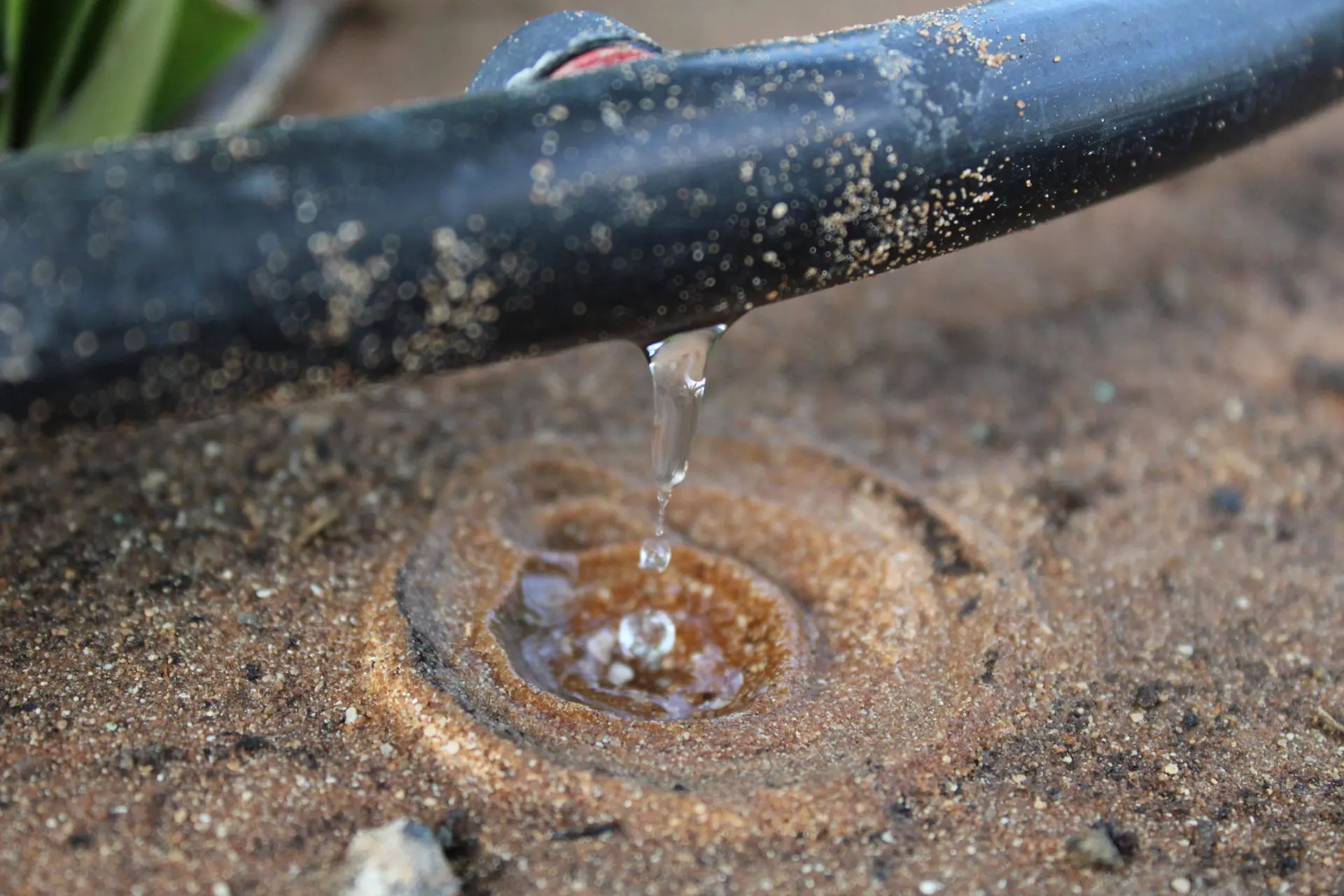
The water is gently dispensed drop by drop from a dripper
Ready-made drip hoses vs. self-made drip hoses
You can either buy drip hoses ready-made including drippers or you can just buy the micro-irrigation pipe and install the drippers yourself. In the first case, you don’t have to worry about the proper design of the drip openings and save yourself work, in the second case you are more flexible and can set the distances between the drippers exactly as required and thus place the drippers exactly where you need them. The usual term “drip hose” is strictly speaking not entirely correct for most of the products on offer, as they are mostly slightly softer pipes and not hoses.
1/2 inch vs. 1/4 inch hoses
From the pressure reducer to the raised bed, you usually always go with 1/2 inch micro-irrigation pipe. In the raised bed itself, you have the choice of continuing to work with the 1/2 inch pipes or using smaller 1/4 inch hoses. Or a mixture of both: 1/2 inch pipes, from which smaller 1/4 inch hoses branch off in some places. In practice, both systems are used, but this also depends somewhat on personal preferences and how important it is to you to make the pipe as invisible as possible in the bed or how disturbing you find a slightly thicker pipe in the bed.
Ready-made sets for raised bed irrigation
As an alternative to buying the necessary components individually, ready-made raised bed micro-irrigation sets are also available in stores. These contain all the components necessary to implement raised bed irrigation. On Amazon, you can find very cheap no-name micro-irrigation sets consisting of drip hoses, drippers, connectors and pipe holders starting at just 20 to 30 USD. In contrast, there are high-quality, slightly more expensive branded sets from quality manufacturers such as Irritec or Antelco.
How is the drip hose laid?
The drip hose can be laid either in strips parallel to the long side of the raised bed, or in a loop along the wide side. The distance between the strips or loops should usually be a maximum of 10 inches for micro-irrigation. In raised beds, it is usually a little less! The distance between the drippers is also usually 10 inches, and here too it does not hurt if it is placed a little closer together in raised beds.
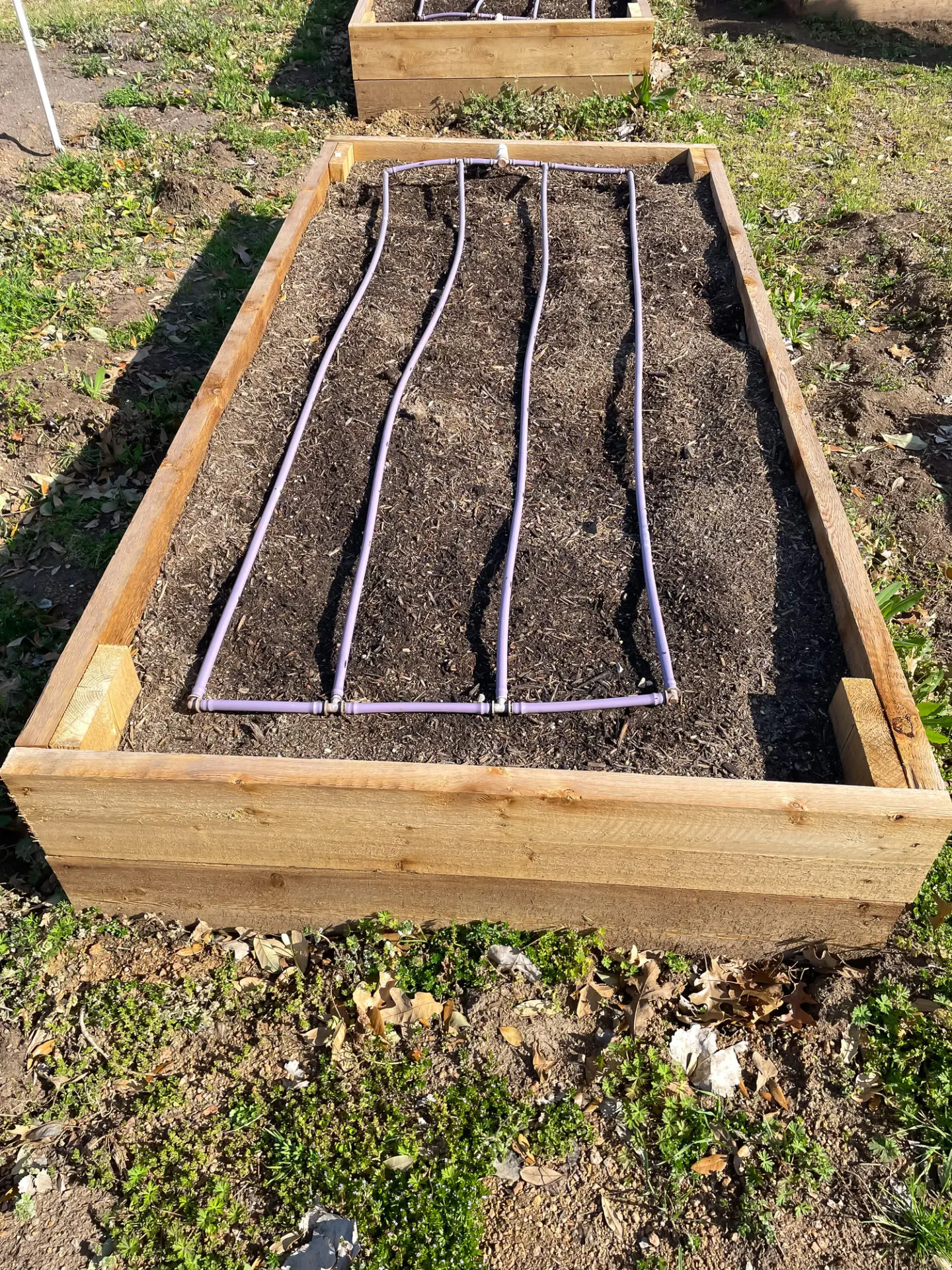
Example of laying in strips
The drip hose is not normally laid along individual plants; the aim is to sufficiently moisten the entire bed. If there are plants in the bed that require a particularly large amount of water, you can supply them with individual hose branches or use drippers with a higher gallon capacity in these places. There should be no kinks in the hose when laying it; the hose can be gently secured to the ground with ground anchors so that it does not wander around in a nuisance.
It is best to place the micro-irrigation hose as inconspicuously as possible in a place that is not easily visible and ideally through a small opening on the side of the raised bed.
Automatic or manual control
You can simply activate the irrigation by turning on a water tap or switching on a pump and then manually stop it again in the same way. Or you can control it automatically with the help of an irrigation computer and no longer need to actively think about irrigation or organize help to look after the plants while you are on vacation. I explain in detail under the menu item Controlling what control options there are and how they work.
How often is a raised bed watered?
This of course depends on the exact location (very sunny or more in the shade), the plants planted and the climatic conditions, but in principle a raised bed needs to be watered more frequently than a normal garden bed for the reasons already mentioned. As a guideline, I would use every 3 to 4 days for the warm summer months. As already described for lawn and hedge watering, the raised bed should also be watered extensively, so do not just moisten the top layer slightly for 5 minutes every day, but rather only every few days, but then water thoroughly.
